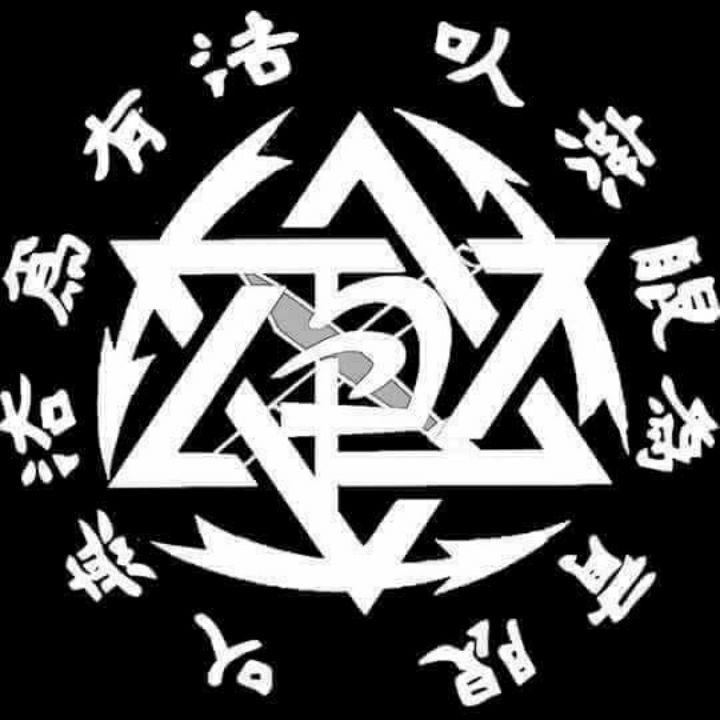Mastering Tactical Handgun Use: A Comprehensive Guide
- Sifu Jeramiah Giehl

- Aug 8, 2024
- 2 min read
Understanding the use of force and the tactical deployment of a handgun is crucial for effective self-defense. Jeet Kune Do provides a multifaceted approach, focusing on both the cold weapon aspects (striking) and the hot weapon aspects (shooting) of a handgun.
Purpose and Goal:
Purpose: Learning to use a handgun as a tool for self-defense.
Goal: Debilitating the attacker's physical capabilities and emotional intent.
Cold Weapon Aspects (Striking):
Point of Impact: The muzzle of the handgun is used for striking techniques.
Hot Weapon Aspects (Shooting):
Safety Rules:
Treat every gun as if it is loaded.
Keep your finger off the trigger until ready to shoot.
Keep the muzzle pointed in a safe direction.
Sight Alignment:
Utilizing rear sights lined up to front sights lined up to the target.
Low Ready:
Lowering the gun and arms below the target without bending the arms.
Retention Position:
Holding the gun close to the body to prevent weapon grabs.
Isosceles Shooting Stance:
Legs just beyond shoulder width, knees slightly bent, body forward to the threat, and arms in an isosceles triangle.
Various Shooting Positions:
Shooting from kneeling, sitting, lying on back, lying on the side, and prone positions.
Tactical Considerations:
Environmental Conditions:
Most shootings (77%) occur in limited or reduced light.
The average distance in a gunfight is within 3ft-6ft, with 10ft being the maximum.
Duration and Accuracy:
Most gunfights last about 10-15 seconds, with a 20% hit rate.
Point Shooting:
A threat-focused approach to acquiring a target.
Incapacitation Challenges:
Immediate incapacitation is challenging unless targeting specific areas like the cranio-ocular cavity or cervical spine.
Bullet Effects:
Bullets incapacitate by damaging the central nervous system or causing lethal blood loss.
Wound Components:
All handgun wounds involve penetration, permanent cavity, temporary cavity, and fragmentation.
Tissue Disruption Mechanisms:
Crush Mechanism: Hole made by the bullet passing through tissue.
Stretch Mechanism: Temporary cavity formed as tissue is driven outward radially.
Jeet Kune Do's approach to tactical handgun use encompasses not only the technical aspects of shooting but also a profound understanding of the environmental factors and physiological effects involved in real-life self-defense scenarios.

Comments